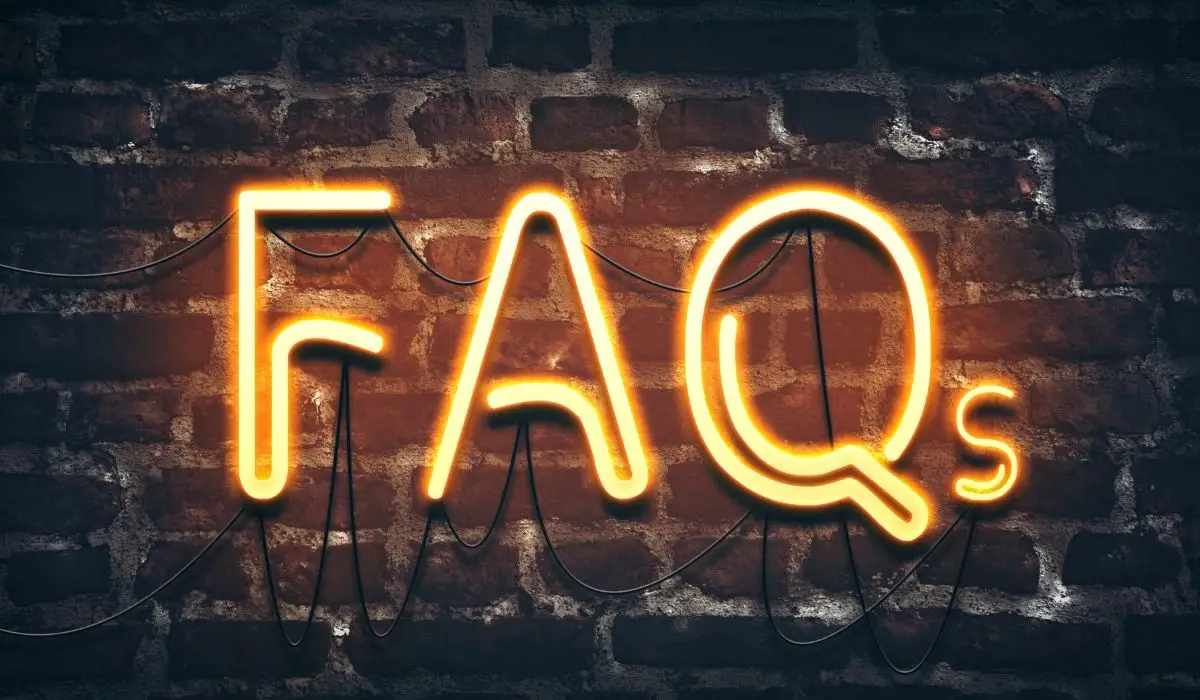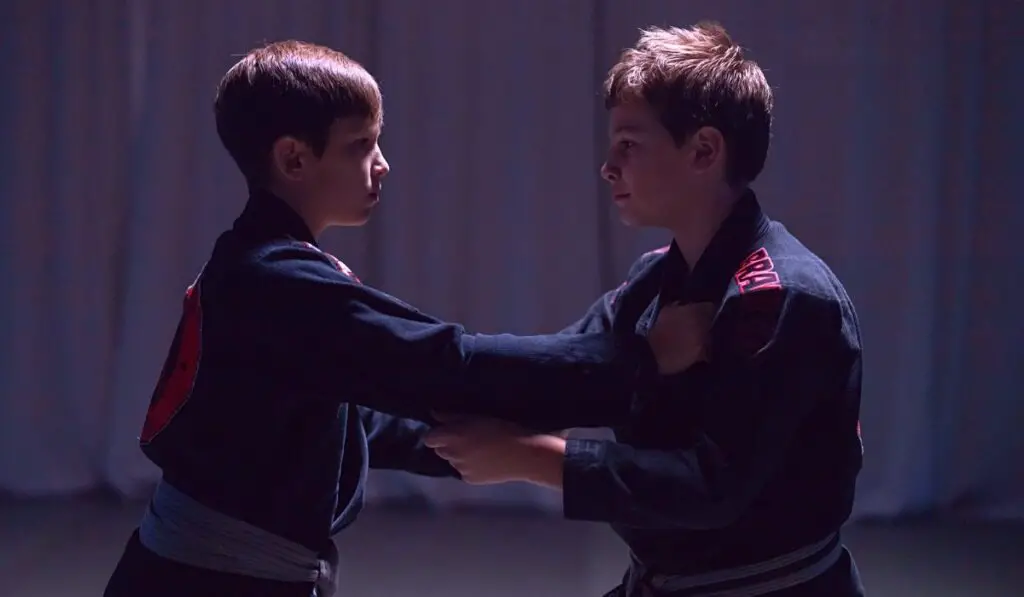Gaining a black belt in Brazilian jiu-jitsu is a highly sought-after achievement that takes years of hard work and dedication. A BJJ Black belt with the classic red bar, white bar, or blue bar may represent this advanced rank.
In this article, we will explore the controversy concerning the “Brazilian jiu-jitsu black belt white bar vs red bar vs blue bar”. We will look into the importance, criteria, and distinctions of these two black belt types. Keep reading to find out more!
Black Belt in Brazilian Jiu-Jitsu
The Black Belt is among the highest ranks in Brazilian Jiu-Jitsu. It represents practitioners with a thorough knowledge of BJJ techniques, principles, and strategies, as well as years of dedicated training and experience.
Earning a BJJ Black Belt is a long-term process that requires years of constant effort and devotion. It might take anywhere from 7 to 10 years of training to achieve the Black Belt level.
What Does It Take to Achieve the Black Belt in BJJ?
Many have the ambition of earning a black belt in Jiu-Jitsu. It’s not true that only a few people can get the award. Anyone can with effort and energy.
To become a black belt in BJJ, you need to meet certain requirements. These requirements may be different at different academies or organizations.
- BJJ Technical Proficiency: A black belt in BJJ must be good at many aspects of the art. This includes understanding basic techniques, positions, transitions, submissions, and defenses. Expertise in both gi and no-gi grappling is usually needed.
- Experience and Mat Time: It takes years to become a black belt. People train a lot, especially during the early years. You need to train a lot, sparring and practicing techniques, over a long time.
- Knowledge and Strategy: A black belt should know Brazilian Jiu-JItsu principles, concepts, and strategies. This includes learning about leverage, weight distribution, timing, and other key factors that contribute to effective grappling.
- Competition and Performance: Many BJJ practitioners compete to test their skills and grow. Competing at local tournaments to regional or international championships can be valuable experience and growth. Although competition is not a requirement for a black belt, it often plays a role in the advancement process.
- Teaching and Leadership: Black belts are often asked to teach lower-ranked students, showing them how to do things and understanding BJJ better. Being a good leader and helping the community are highly valued.
- Character and Attitude: BJJ is about developing character and skills. To become a black belt, you must be disciplined, humble, persistent, respectful, and sportsmanlike.
BJJ Black Belt White Bar Vs Red Bar vs Blue Bar

White, red, and blue ranking bars on black belts in Brazilian Jiu-Jitsu have different meanings and vary between practitioners and academies.
Here’s an explanation of the significance of the blue, white, and red bars on a black belt:
Black Belt White Ranking Bar
In the Portuguese language, the white bar across the black belt is known as the “competidor” belt. This is indicative of a BJJ practitioner who is deeply engaged in competitions.
If a student has demonstrated outstanding talent and commitment to competing, their instructor may upgrade them to a black belt with a white bar.
Aside from that, the use of the black belt white bar dates to the 1980s in Brazil. and Nowadays, It’s becoming more popular among advanced competitors.
Black Belt Red Ranking Bar
The red bar on a black belt is a sign of status among BJJ instructors. The Gracie family popularized this by making it possible for black belts to become instructors by having red bar belts.
After passing their instructor certification exams, practitioners would be presented with a red ranking bar adorned with stripes at each end symbolizing their instructor status.
However, the use of this custom is not uniform among academies, and it is now not uncommon to see black belts without any teaching responsibilities donning the red ranking bar.
Black Belt Blue Bar
Some academies, particularly those with ties to the Gracie family, employ the blue ranking bar on black belts in Brazilian Jiu-Jitsu as a way to show respect for the established origins of this martial art.
This is an homage to the Gracie family’s former belt classifications, which had a dark blue belt for Masters. Later, the Gracies adopted a traditional belt system with white, blue, purple, brown, and black belts.
Royce Gracie, honoring the traditional methods, added a blue bar to his black belts as a token of his reverence for his family and the ancient customs of Jiu-Jitsu.
Though he still gives out black belts with the classical red bar, the incorporation of the blue stripes is a representation of his admiration for the art and his family’s part in it.
Related: This article delves into the different Brazilian jiu-jitsu black belt degrees. It emphasizes the meaning and progression timeline for each black belt degree. Click here to learn more!
Conclusion
The debate over the “BJJ black belt white bar vs red bar vs blue bar” has brought to light the subtleties and distinctions within the Brazilian jiu-jitsu world.
The black belt is the highest level of accomplishment in BJJ. It shows how much work and dedication the person has put into the art. They may have different colored bars, like:
- White Bar: The black belt white bar is for Brazilian jiu-jitsu dedicated competitors.
- Red Bar: The black belt with the red bar symbolizes the rank of a certified Brazilian Jiu-Jitsu instructor.
- Blue Bar: Many academies honor the history of jiu-jitsu and its Gracie family roots by putting a blue bar on black belts as a tribute.
The white, red, and blue bars on black belts in Brazilian jiu-jitsu all have different meanings. They reflect the different ways practitioners can progress in the art.
Regardless of the specific distinctions, everyone who practices Brazilian jiu-jitsu has a deep passion for the art, a commitment to improving, and a dedication to learning and growing.
Related: Uncover the road to earning a black belt in judo and the components that affect the time it takes to get this esteemed rank. Click here to find out more!
Frequently Asked Questions

How Long Does It Typically Take to Achieve a BJJ Black Belt?
It usually takes around 7 to 10 years of consistent training and dedication to achieve the level of black belt in Brazilian Jiu-Jitsu.
What Does a Black Belt with a White Bar Represent in BJJ?
In Brazil, the white belt crossed over the black one is called the “competidor” belt. It is a sign of respect to BJJ practitioners who have devoted a great deal of effort to competing.
What Does a Black Belt with a Red Bar Indicate in BJJ?
A red bar on a black belt is a sign of distinction among BJJ practitioners. It initially indicated those certified to teach the BJJ martial art.
What Is the Significance of a Blue Bar on a Black Belt in Brazilian Jiu-Jitsu?
Many academies employ a black belt with a blue bar as a nod to the past of Jiu-Jitsu, particularly the Gracie family’s involvement in its genesis. This belt serves as a sign of admiration for the martial art’s roots and the family’s legacy.
Recommended: This article delves into the best BJJ belts on the market. It will help you select the most pleasing belt for Brazilian jiu-jitsu to roll comfortably. Discover More Immediately!


